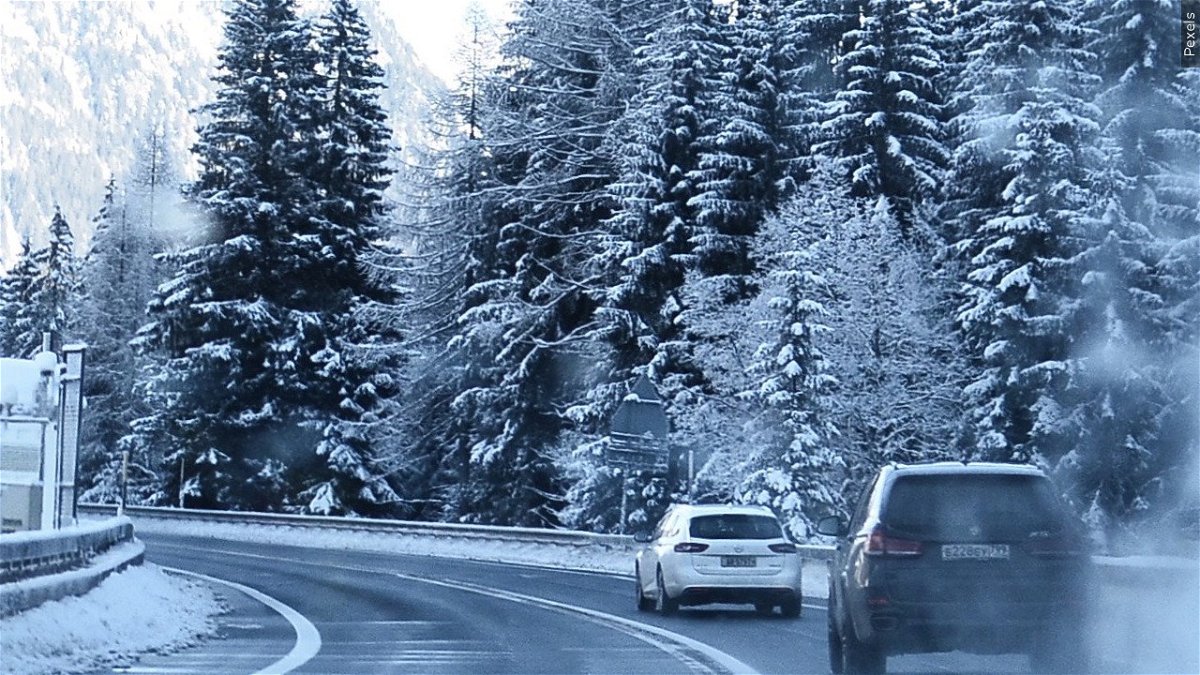Winter driving and commuter preparedness

JACKSON, Wyo. (KIFI) – It takes planning in advance to stay safe on winter roads, and that’s true whether you drive, bike, walk or take public transit. Teton County Emergency Management encourages everyone to check the boxes below before venturing out in wintry conditions.
Roads may close with little to no notice. Expect delays and leave yourself extra time to reach your destination.
KNOW BEFORE YOU GO
- Weather: Check the weather forecast before you head outside. You can bookmark the National Weather Service’s mobile forecast page on your device (https://mobile.weather.gov). You may also want to review the daily avalanche forecast from the Bridger-Teton Avalanche Center at www.jhavalanche.org.
- Alerts: Ensure you are receiving weather and road alerts. Consider getting a NOAA All-Hazards Weather Radio with an automatic alerting feature, and download the free FEMA app which allows you to follow weather alerts in up to five locations.
- Roads: Check road conditions and closures before you depart. In Wyoming, call 5-1-1 or download the free Wyoming 511 app. To get road closure and travel delay alerts along the routes you select, sign up at www.wyoroad.info. To get a better sense for how road surfaces are looking, view webcams by route at www.weather.gov/riw/cms_webcams_qview.
BE FLEXIBLE
If storms are severe or roads are not in good shape, consider postponing non-essential travel, taking an
alternate route, or taking public transit.
If you commute along routes that often close due to winter weather, always leave your home prepared to spend the night away if necessary. Commuters over Teton Pass, Snake River Canyon, Hoback Canyon, and North Highway 89 between Moose and Moran should also make plans for more extended road closures. Call the Jackson Hole Chamber of Commerce at 307-733-3316 for an updated list of lodging offering discounted room rates for stranded commuters.
PACK A KIT
If you drive, carry items in your vehicle to handle common winter driving-related tasks and emergencies. Examples include:
- Snow shovel and ice scraper
- Extra windshield wiper fluid with de-icer
- Sand or kitty litter for traction
- Jumper cables
- Flashlight with extra batteries
- Warning devices (flares and reflective emergency markers)
- Blankets or sleeping bags and layers of warm clothing
- Cell phone and battery pack/charger
- Water, food, and any necessary medications
- A full tank of gas
If you bike, walk, or take public transit, pack a smaller portable kit to carry with you. At minimum
consider including:
- Phone charger
- Flashlight and extra batteries
- Snacks
- Bottle of water
- Warm layers
Check out the resources below for more information.
Resources
National Weather Service: https://www.weather.gov/
Local forecast office: www.weather.gov/riw/
Winter weather safety information: www.weather.gov/safety/winter
Bridger-Teton Avalanche Center: https://bridgertetonavalanchecenter.org/
Wyoming Department of Transportation (WYDOT): www.wyoroad.info
National Highway Traffic Safety Administration (NHTSA): www.nhtsa.gov/winter-driving-tips
